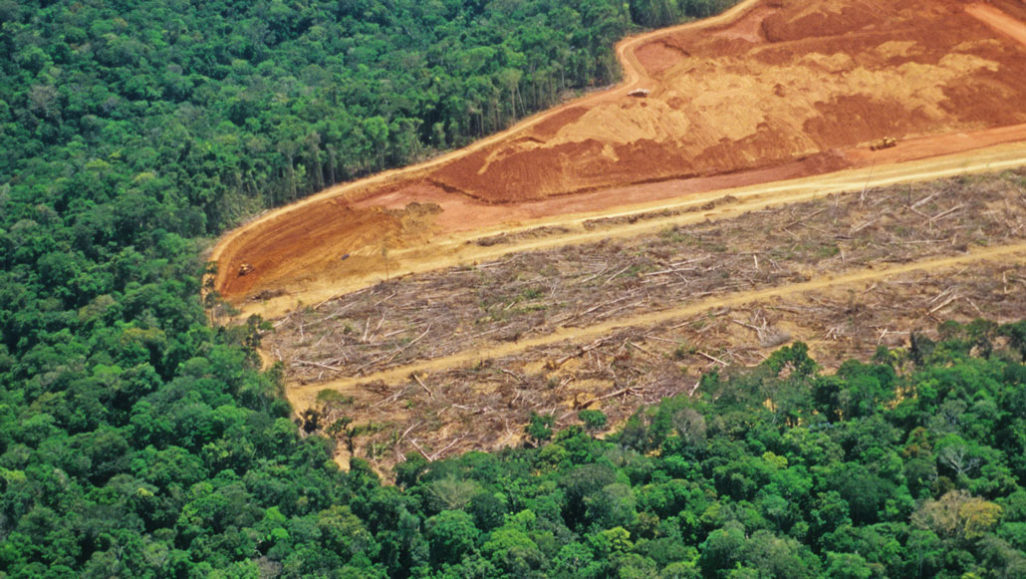
The realized human climate niche relative to available combinations of MAT and precipitation. Human populations have historically remained concentrated in a narrow subset (A–C) of the available climatic range (G), which is not explained by soil fertility (H) or potential primary productivity (I). Current production of crops (D) and livestock (E) are largely congruent with the human distribution, whereas gross domestic product peaks at somewhat lower temperatures. Reconstructions of human populations 500 BP are based on the HYDE database, whereas those for 6 Ky BP are based on ArchaeoGlobe (https://doi.org/10.7910/DVN/CQWUBI, Harvard Dataverse, V4). NPP, net primary productivity. See SI Appendix, Methods.
Continue reading at: Future of the human climate niche | PNAS






